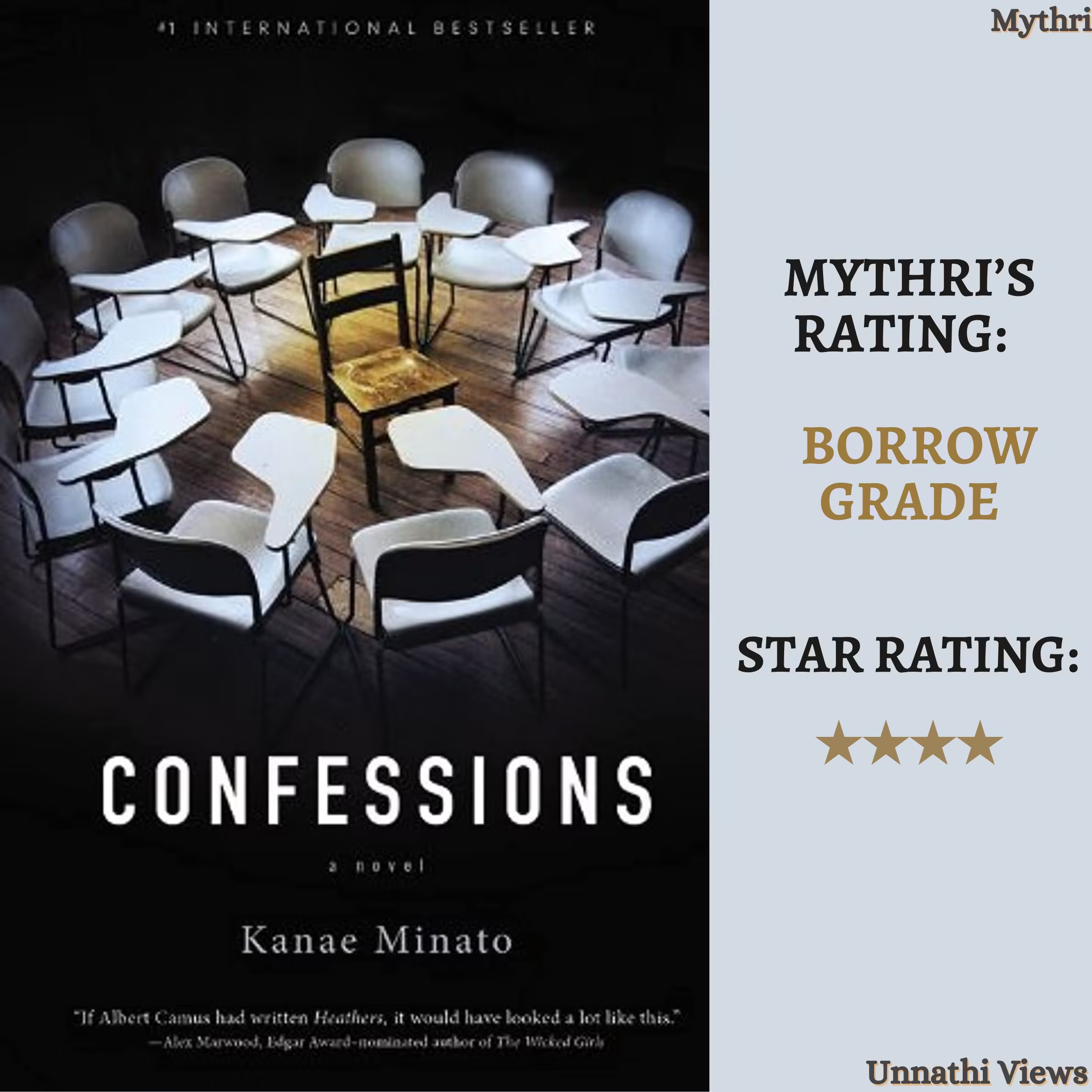Some stories whisper. Others scream. But the most haunting ones? They trap you.
In these five thrillers and speculative novels, the setting isn’t just a backdrop—it’s an active force. These places distort reality, isolate their characters, and manipulate emotions. Sometimes they imprison. Sometimes they observe. Sometimes they decide who makes it out alive.
If you crave fiction books where the setting holds the power, where tension drips from the walls and survival depends on reading a room—literally—these reads deliver.
1. Daisy Darker by Alice Feeney
When the tide comes in, the truth comes out.
The Darker family reunites for their matriarch’s birthday at Seaglass—a grand, neglected mansion perched on a tidal island. For eight hours at a time, the sea cuts them off from the mainland. No boats. No help. No escape.
As the night stretches on and unsettling events unfold, Seaglass becomes more than just the scene of confrontation—it becomes the keeper of long-buried truths. The walls echo with family dysfunction, ticking clocks, and secrets too dangerous to stay hidden.
Why the Setting Works
Seaglass is both beautiful and bleak, mirroring the family it houses. Once the tide rises, this isolated setting in fiction forces proximity and honesty. The house creaks with the weight of withheld confessions, and the isolation transforms the suspense into suffocation. It’s not just atmospheric; it’s controlling the narrative, making this a prime example of an atmospheric thriller.
2. Layla by Colleen Hoover
Some houses hold more than memories.
Leeds brings his girlfriend Layla to a secluded guesthouse, hoping to revive what they once had. But the house—quiet, strange, and charged with unexplainable energy—has plans of its own.
As Layla’s behavior changes and uncanny events mount, Leeds begins to question not just what’s happening inside the house, but what it’s doing to the people within it.
Why the Setting Works
Corazón del País isn’t just remote—it’s reactive. A space meant for rest becomes a pressure cooker of emotional and supernatural tension. Its seclusion ensures nothing is witnessed, while its energy seems to bend the rules of reality itself. It’s a house that doesn’t just trap you—it rewrites you, showcasing the setting as a character in its most unsettling form.
3. Slewfoot by Brom
When the village is the villain.
In 1666, Abitha lives on the edge of a rigid Puritan village where obedience is survival and suspicion is a death sentence. When her life begins to unravel, she finds unlikely refuge in the wild forest nearby—a place whispered to house the Devil himself.
Caught between oppressive doctrine and forbidden power, Abitha must decide which force she’s willing to surrender to: the judgment of men or the wrath of nature.
Why the Setting Works
The village isn’t just controlling—it’s claustrophobic, its layout and customs designed to surveil and suppress. In contrast, the forest breathes with primal, liberating danger. The clash between the two environments becomes the novel’s central tension, reflecting the psychological tug-of-war between submission and rebellion in a truly haunting setting.
4. The Good Lie by A.R. Torre
When a teenage boy escapes a serial killer known as the Bloody Heart Killer, psychiatrist Gwen Moore is pulled into the case—through both her professional expertise and a personal connection. But in a city like Los Angeles, where image is everything, horror hides in plain sight.
It’s not abandoned warehouses or creepy cabins you need to fear—it’s the everyday, pristine homes where no one suspects a thing.
Why the Setting Works
The Good Lie subverts the idea that evil needs shadows to thrive. The story unfolds in Beverly Hills, where curated appearances conceal chilling secrets. The contrast between the sanitized environment and the grotesque reality makes the horror hit harder—because the powerful setting makes it seem impossible. The real danger isn’t isolation—it’s invisibility, revealing dark places, darker truths in plain sight.
5. Ward D by Freida McFadden
Not every door is designed to let you out.
Amy Brenner is assigned a dreaded overnight shift in Ward D, a locked psychiatric unit that already holds painful associations from her past. Just as the night begins, the power fails. The unit locks down. The exit codes become inaccessible.
Trapped with unreliable staff, unnerving patients, and growing confusion, Amy faces a long night where nothing is quite as it seems—and trust is in short supply.
Why the Setting Works
Ward D is designed for containment, but in the dark, it becomes something else entirely. The layout is disorienting, the hierarchy unstable, and the lack of communication with the outside world leaves every decision up to chance. Here, even sanity feels like a dwindling resource. The real terror isn’t just being locked in—it’s wondering if anyone will believe you when you scream for help in this intense psychological thriller.
When a Fictitious Setting Becomes Judge, Jury, and Confessor
These suspense novels don’t just take place somewhere—they depend on where they unfold. Whether it’s an island, a forest, a ward, or a house that remembers, these books with powerful settings pressure their characters into revelation, collapse, or transformation.
They don’t offer shelter. They offer a challenge: Can you make it out unchanged?
So if you’re looking for fiction books where the setting holds the power, and the architecture itself plays a sinister role, these books deserve a place on your nightstand.
Just… maybe not right before bed.
Your Turn: Which Setting-Driven Stories Haunt You?
Loved this post? Save it, share it, and let’s talk!
Which speculative fiction or horror fiction book gave you setting-induced chills?
Which space would you never want to be trapped in? Share your thoughts below!
📌 Want to browse all the thrillers I’ve recommended so far?
I’ve gathered them — along with other genre favorites — on my Curated Reads page, where you’ll find quick summaries and easy purchase links (for both Indian and global readers) in one convenient place.





